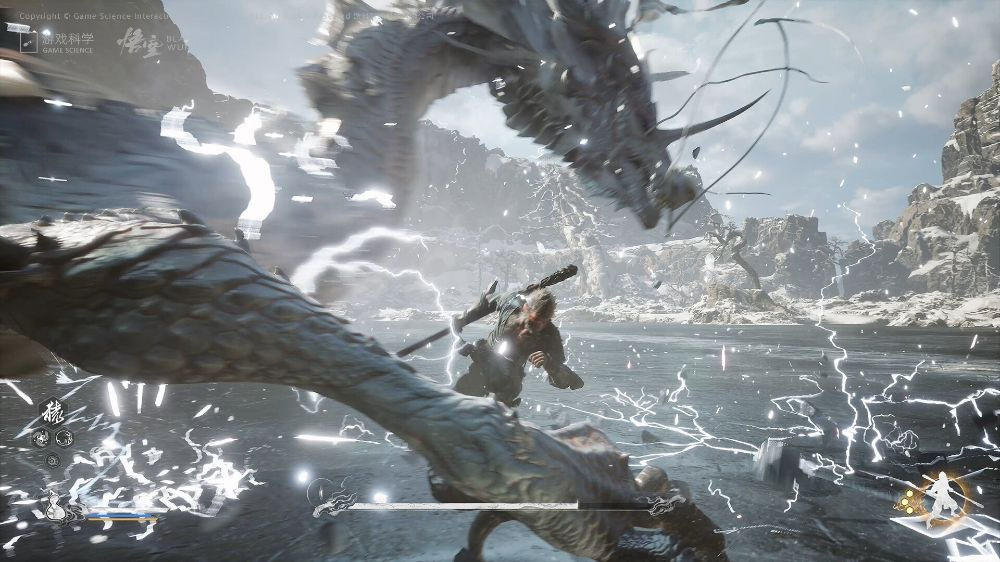
AAA or Just a Wannabe? Here’s Why Not Every Game Makes the Cut
- Amy N

- Aug 29, 2024
- 2 min read
Let’s get one thing straight: not every game that glistens can call itself a AAA title, despite what flashy trailers like those for Black Myth: Wukong might suggest. AAA games are the gaming industry’s equivalent of Hollywood blockbusters—lavish, ambitious, and made with big budgets. But it’s not just about throwing money around; these games have to hit a few key markers to truly earn that label.
First off, a AAA game needs to dazzle with high-quality graphics and sound. We’re talking about games that push the limits of what’s possible on a screen, making your console sweat. Titles like Red Dead Redemption 2 didn’t just look good; they set new standards in visual and audio fidelity, immersing players in a world so detailed that even the horses’ tails seem to have their own physics.

But graphics alone don’t cut it. AAA games must have complex gameplay mechanics that offer depth and variety. They’re not just about running from point A to point B; they’re about offering an experience that feels rich and layered. The Witcher 3: Wild Hunt didn’t become a legend because of its looks alone—it’s the deep, immersive story and the countless side quests that keep players hooked for hours.

Then there’s the marketing. AAA games don’t just pop up in your feed by accident; they’re shoved into your face by massive marketing campaigns. Publishers spend millions making sure these games are impossible to ignore. Ever seen a game trailer on TV, a billboard, and your favorite YouTuber’s channel all in the same day? That’s the AAA machine at work.

High production values are a must, too. AAA games are polished to perfection—or as close as they can get. These games aren’t rushed out the door; they’re carefully crafted over years, with hundreds of people working on them. And even after they launch, the job isn’t done.

Continued support through updates, patches, and downloadable content keeps these games alive and kicking long after you’ve handed over your $60.
Image sources: Steam, Pinterest and Forbes



Comments